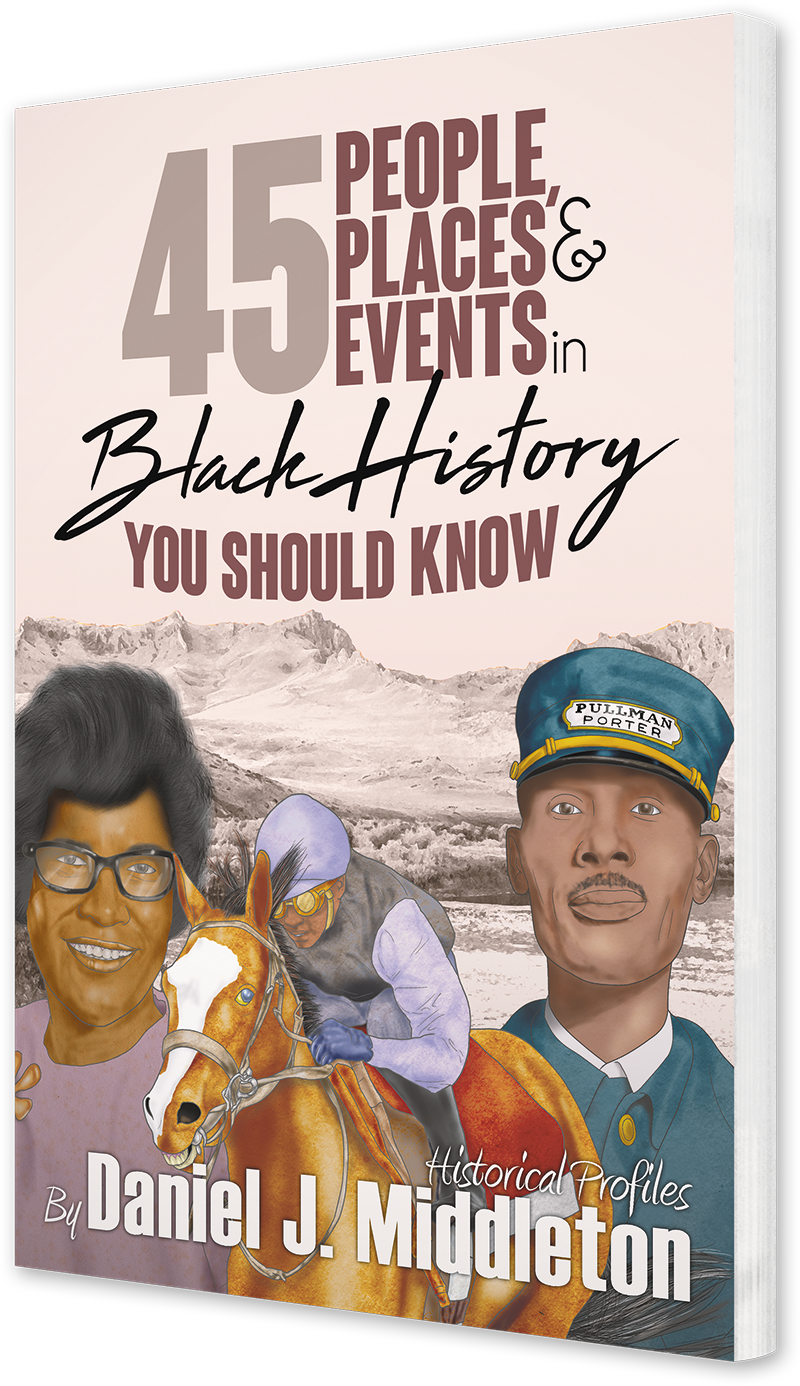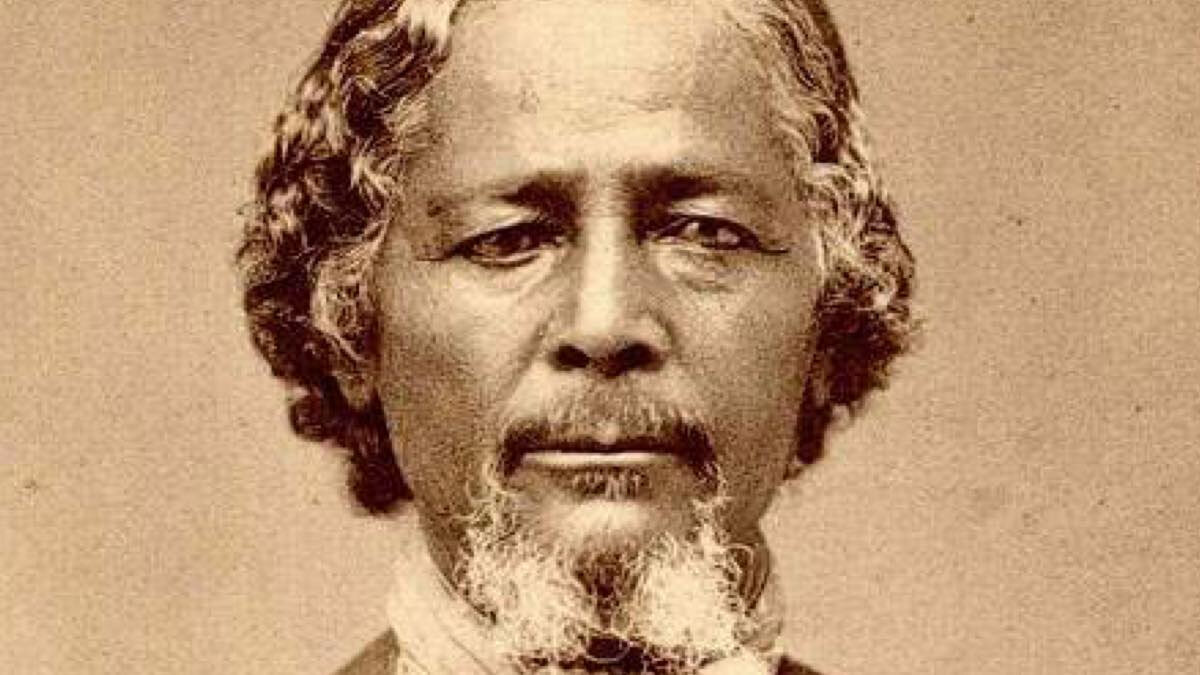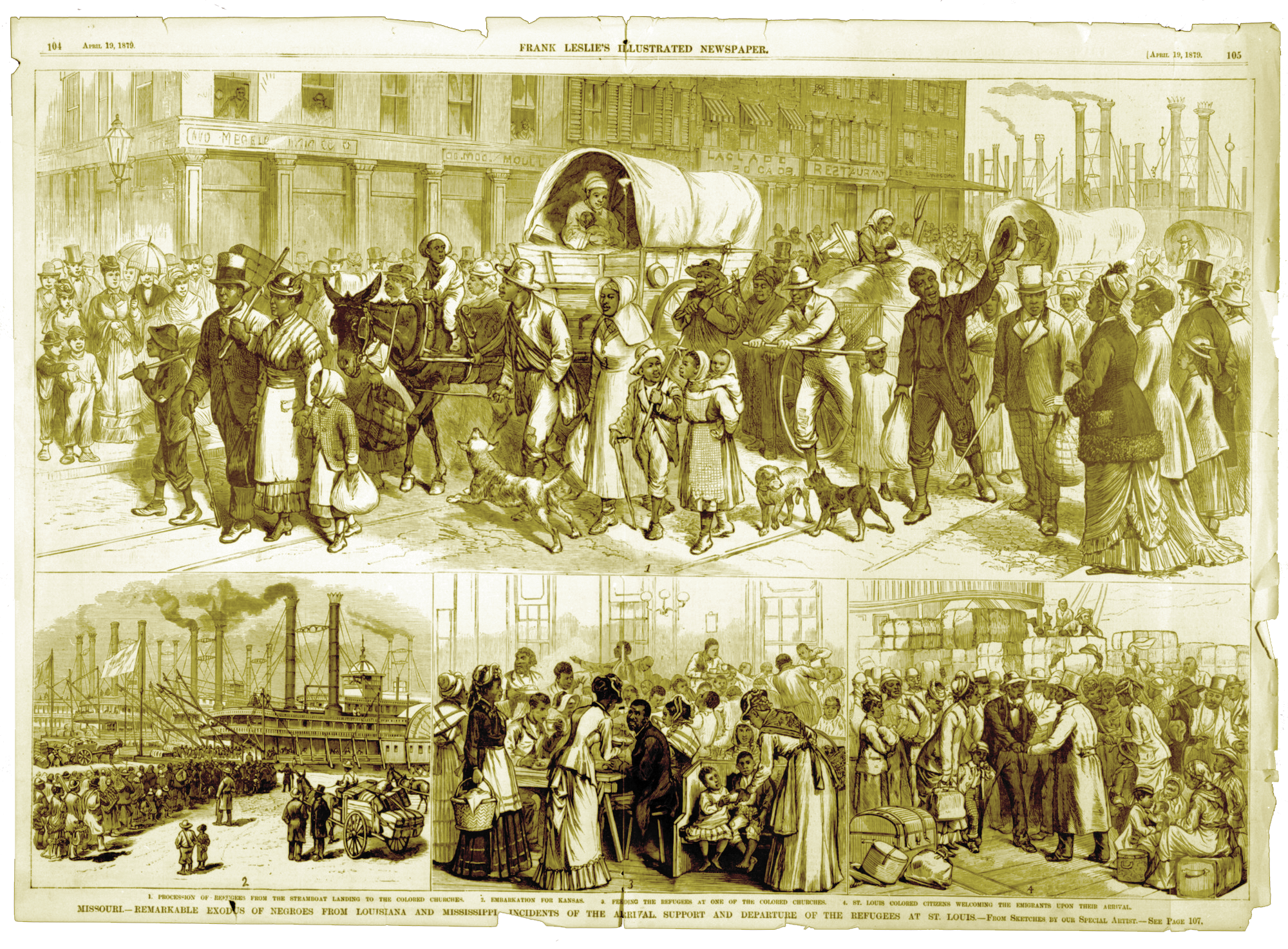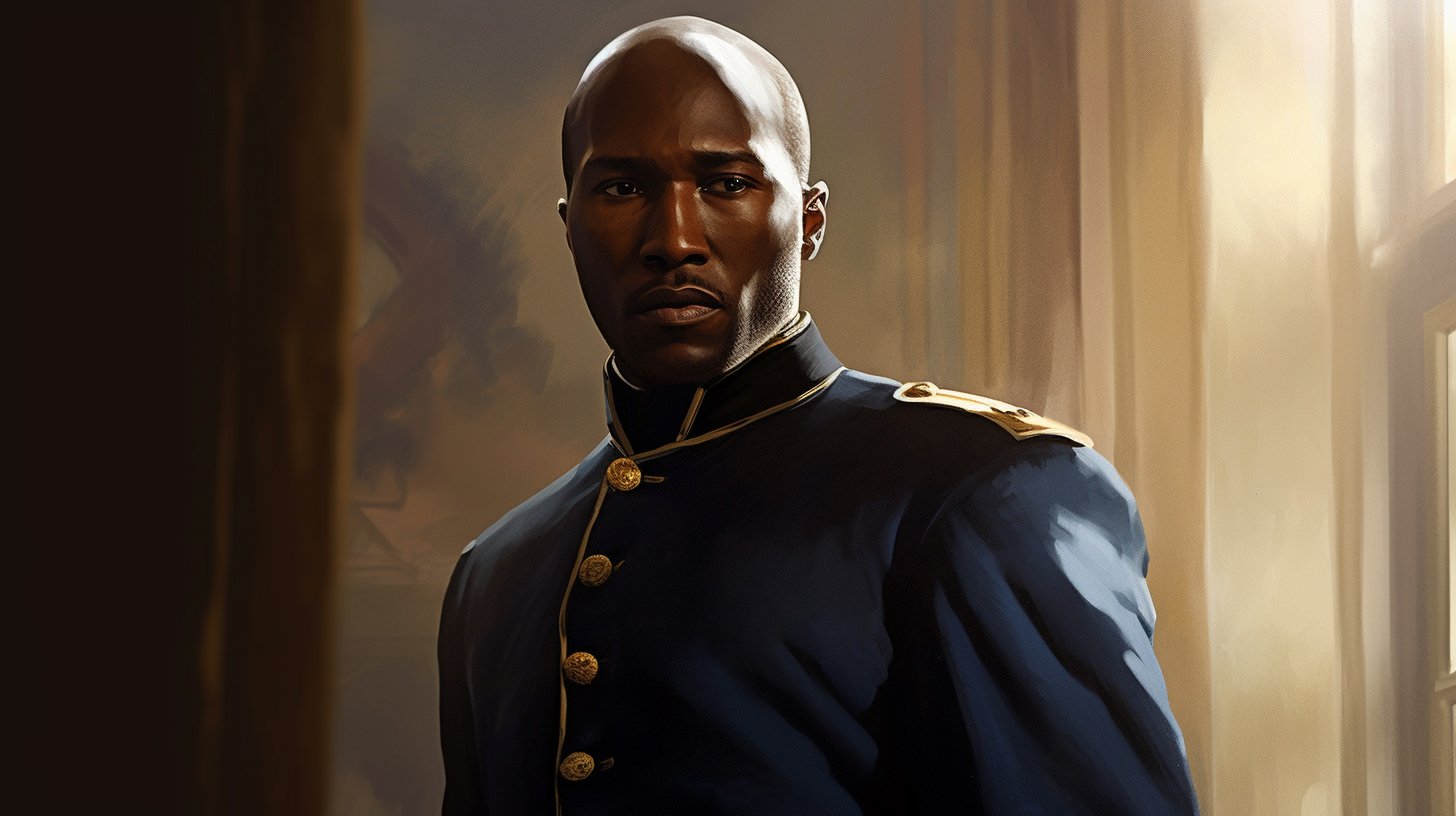Benjamin “Pap” Singleton
Leader of the Great Exodus
Born into slavery in 1809, Benjamin “Pap” Singleton, unable to bear the wicked institution any longer, escaped after a few decades and did so several times despite being captured and sold repeatedly. After each escape, he returned to his native Nashville. In a final bid to avoid recapture, he made his way north, to Windsor, Ontario, shortly after relocating to Detroit, Michigan, where he opened a boardinghouse for other escaped slaves.
Following the Civil War, Benjamin returned to Tennessee once more and dedicated himself to help improve the lives of other blacks. Late in the decade, he began organizing efforts to purchase tracts of Tennessee farmland for his people. But his efforts were thwarted by bigoted white landowners who raised land prices far beyond market value. Together with that, lingering racial animosities prevailed in the Upper South.
For Benjamin, Kansas, which held the promise of freedom and offered new economic opportunities and education for blacks, held greater appeal. Kansas drew many blacks west in its territorial days, during its statehood, and well into the twentieth century. While slavery existed in Kansas in Benjamin’s day, slave holdings in the state were small in comparison to those in the south. More than that, black migrants routinely secured work in Kansas as hired laborers and escaped slaves passed through the state as part of the network that was the Underground Railroad. While Kansas experienced a violent pre-Civil War history that saw clashes over slavery, it emerged as an ideal free state in the eyes of blacks. They considered the state a kind of promised land, hence the name it was eventually given: “New Canaan.” Unlike Tennessee, land in Kansas was also reasonably priced.
Benjamin became a zealous promoter and, together with an associate named Columbus Johnson, eventually founded the Edgefield Real Estate and Homestead Association. Using printed leaflets and handouts, Benjamin started to announce the splendors of life in Kansas, and the benefits blacks would derive by moving to the state and living in independent black communities. Through the Edgefield Real Estate and Homestead Association, Benjamin held public meetings in Nashville that functioned like church revivals. In those meetings, information about the proposed black Kansas colonies was shared and the overall migration venture was heavily promoted.
On the strength of his promotion efforts, Benjamin successfully guided hundreds of settlers from the Upper South to Baxter Springs in Cherokee County, Kansas in 1877. The following year, he led an even larger group to Dunlop County, Kansas. These were two newly created colony towns in Kansas that joined one that formed a few months earlier called Nicodemus, which was settled by a separate group of black migrants from Tennessee. The three early settlements represented the first of several migrations from the south, as waves of blacks eventually fled the post-Reconstruction states following the withdrawal of federal troops. This shift saw a return of racial oppression through Jim Crow laws that enforced segregation. And terrorism was unleashed on blacks via the Ku Klux Klan, which rose to power in the south.
This spate of activities spurred a more desperate and economically disadvantaged set of blacks to migrate west than those seen in Benjamin’s two early groups, who were considered moderately wealthy. The new migrants were known as “Exodusters,” and by 1879—the year of the “Great Exodus”—around 50,000 blacks sought freedom by fleeing to Kansas, Illinois, Missouri, and Indiana. Benjamin “Pap” Singleton, therefore, is considered a leader of that Great Exodus, though he harbored mixed feelings about the tens of thousands who followed in his footsteps. While Benjamin’s was an organized and well-funded effort, the Exodusters descended on Kansas in a haphazard affair and threatened the stability of the established colonies which could hardly support a large influx of newcomers seeing the established farms operated on thin profit margins.
“Benjamin “Pap” Singleton, therefore, is considered a leader of that Great Exodus, though he harbored mixed feelings about the tens of thousands who followed in his footsteps.”
The colonies were well established, however, and in light of that, Benjamin moved onto a new venture in aid of his people. In the early 1890s, he moved to a black section of Topeka, Kansas called “Tennessee Town” due to the large number of black people who had moved there from the state. While there, he organized a party called the United Colored Links, which had ties to the Greenbacks, a labor party of midwestern whites who sought reforms that favored agrarian interests. Benjamin, through his United Colored Links, sought to protect black laborers and drum up support for the establishment of black industrial businesses. While it attracted members during a summer convention, the lack of capital in the black community doomed the venture, forcing Benjamin to move on to yet other endeavors.
In the 1880s, Benjamin took up the black nationalism cause. In 1883, his Chief League was set up to encourage and aid blacks in emigrating to the Mediterranean island of Cyprus. When that failed, Benjamin then encouraged blacks to return to Africa, and he established the United Trans-Atlantic Society to do so. By 1887, the pan-African movement fizzled, and the aging Benjamin retired from his self-imposed mission to aid blacks. Benjamin “Pap” Singleton died in Missouri on February 17, 1900, at the ripe old age of 91.
____________________
Interesting Fact: Benjamin married a wife and fathered several children. His son, Joshua W. Singleton eventually settled in Allensworth, California, an all-black town you can read about here.
You may also be interested in:

This article appears in 45 People, Places, and Events in Black History You Should Know.
Available from Amazon.com, BN.com, and other retailers.





Mary Church Terrell was a black suffragist of the late nineteenth and early twentieth century who also advocated for racial equality.